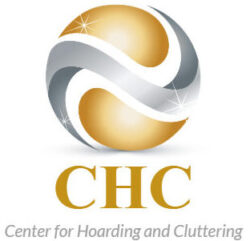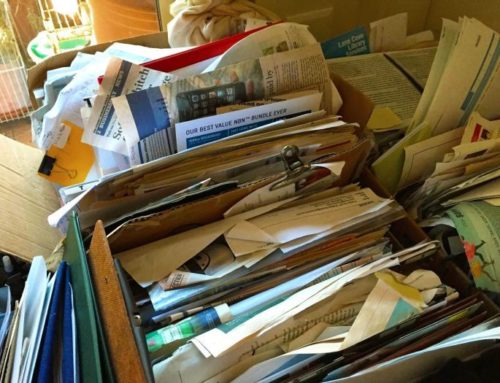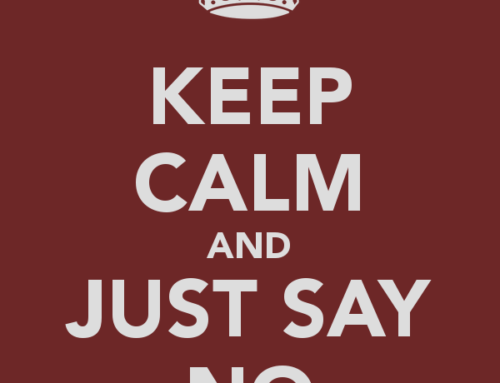Yes, I’m a self-confessed reality show junkie but to my defense, some things that I have seen on the shows have served me well. Watching Hoarders and Hoarding: Buried Alive changed my career path. The Real Housewives of Anywhere served as self-care throughout grad school. Watching an episode before I went to bed left me with the inability to have an intelligent thought, ensuring that my brain would shut down and allow me to sleep. And if Vanderpump Rules isn’t a study in human behavior, I don’t know what is! It also helped me build rapport with my much younger student interns ; ) Then there’s Super Nanny, that show that restores your faith in your parenting skills.
For the first several years of working with individuals struggling with hoarding disorder, I did and taught the standard sorting protocol. This entailed the Keep box, the Donate box, the Discard box, and later, the Maybe box to keep things moving forward when someone would get stuck on an item. One summer, one of my interns was feeling particularly frustrated with her ability to help a client and felt that nothing she was doing or saying was being helpful. We visited the client together and as I watched the ‘typical’ sorting process taking place, it was clear that it was not working for this person. As I sat watching and trying to assess what the issue was, it came to me. SUPERNANNY!!!!
In the event that you haven’t seen this show, in a nutshell, Joe Frost, a professional nanny from Britain, comes to the homes of families in the U.S. with outrageously misbehaving children and fixes it. Most notably for me though is not what she does when she first meets the family, but what she doesn’t do. Rather than jumping right in with ‘typical protocol’, she spends a day observing and learning what the family is doing that is or isn’t working. While each show she uses similar tools and strategies such as structure and behavior modification to harness the craziness and set the family on a better path, no one show is ever like the other. The reason being, the human element, everyone comes to the table with different abilities and limitations, different experiences and circumstances. What works for one may not work for the other, it doesn’t mean the task can’t be done, it means there is more than one way from point A to point B.
Bringing it back to how this applies to working with someone with hoarding disorder, I know practice and teach the Super Nanny Approach that observation comes before implementation. Before doing anything, I ask the person to spend 10 – 15 minutes sorting as they normally would. Inevitably, just like on Super Nanny, the person first starts to sort as they believe that I am expecting them to or as they have heard they are supposed to do. Within a short order of time, that usually falls apart and the person reverts to what they normally do. By observing this first, barriers and sticking points become clear before implementing techniques and strategies, leading to more effective skills training. For example, if someone has difficulty focusing, sitting still, and/or categorizing, this will show during the observation. Rather than sitting them down to sort through a multitude of categories contained in a bag or in a pile, it might be more effective to have them pick one category of items to focus on, such as books, and move around the room or house only addressing that particular category.
(Members of The Clutter Movement online community have direct access to experienced and professional support, coaching, consultations, and education. Through weekly live groups, weekly virtual office hours, monthly educational webinars, topic specific forums and live chat, professional training modules, and a library full of resources we are breaking down the biggest barriers to treatment and support for hoarding: access and affordability. Now individuals, family members, and professionals have 24/7 access to affordable professional coaching, consultation, guidance, and training at their fingertips. Join us today! )






